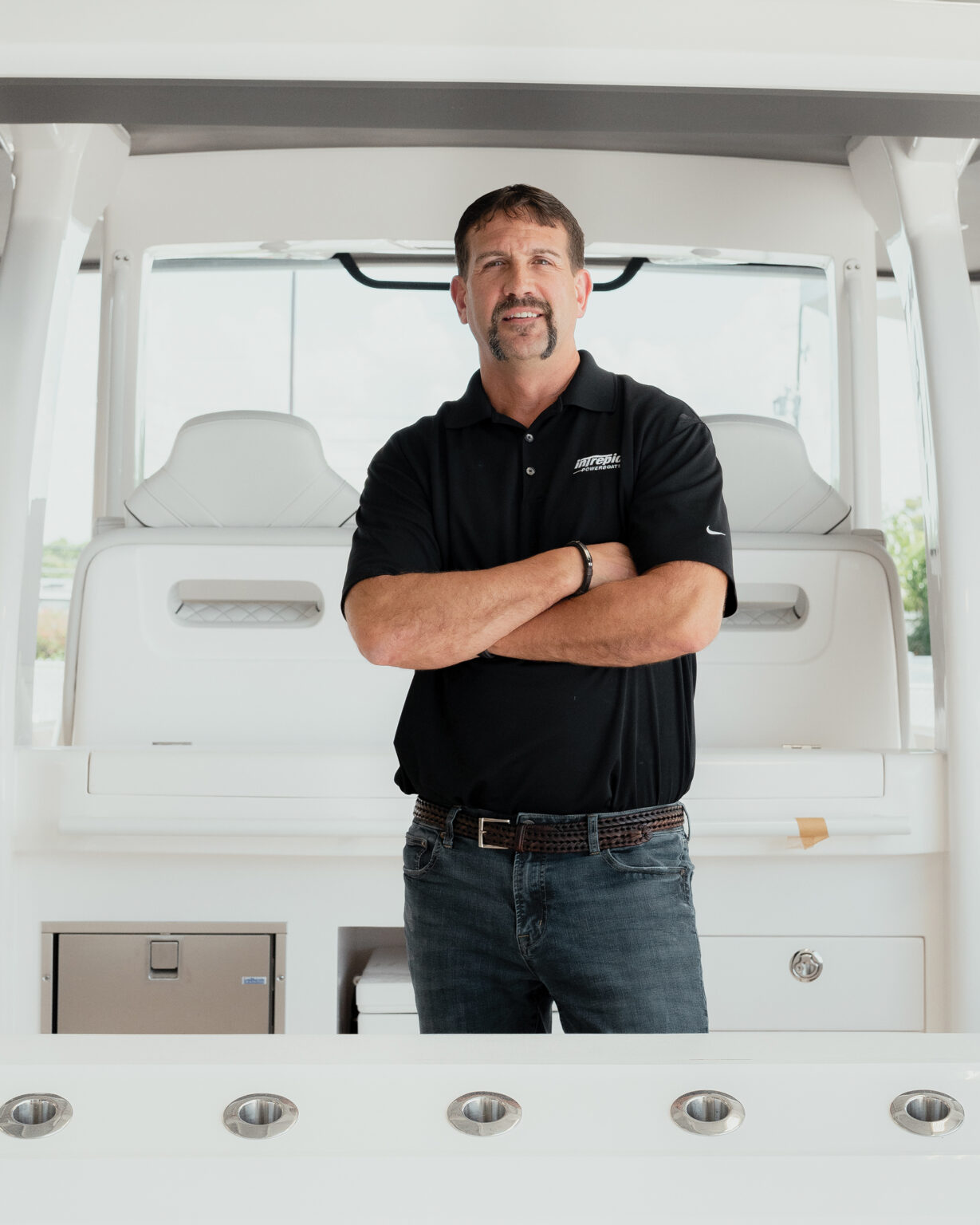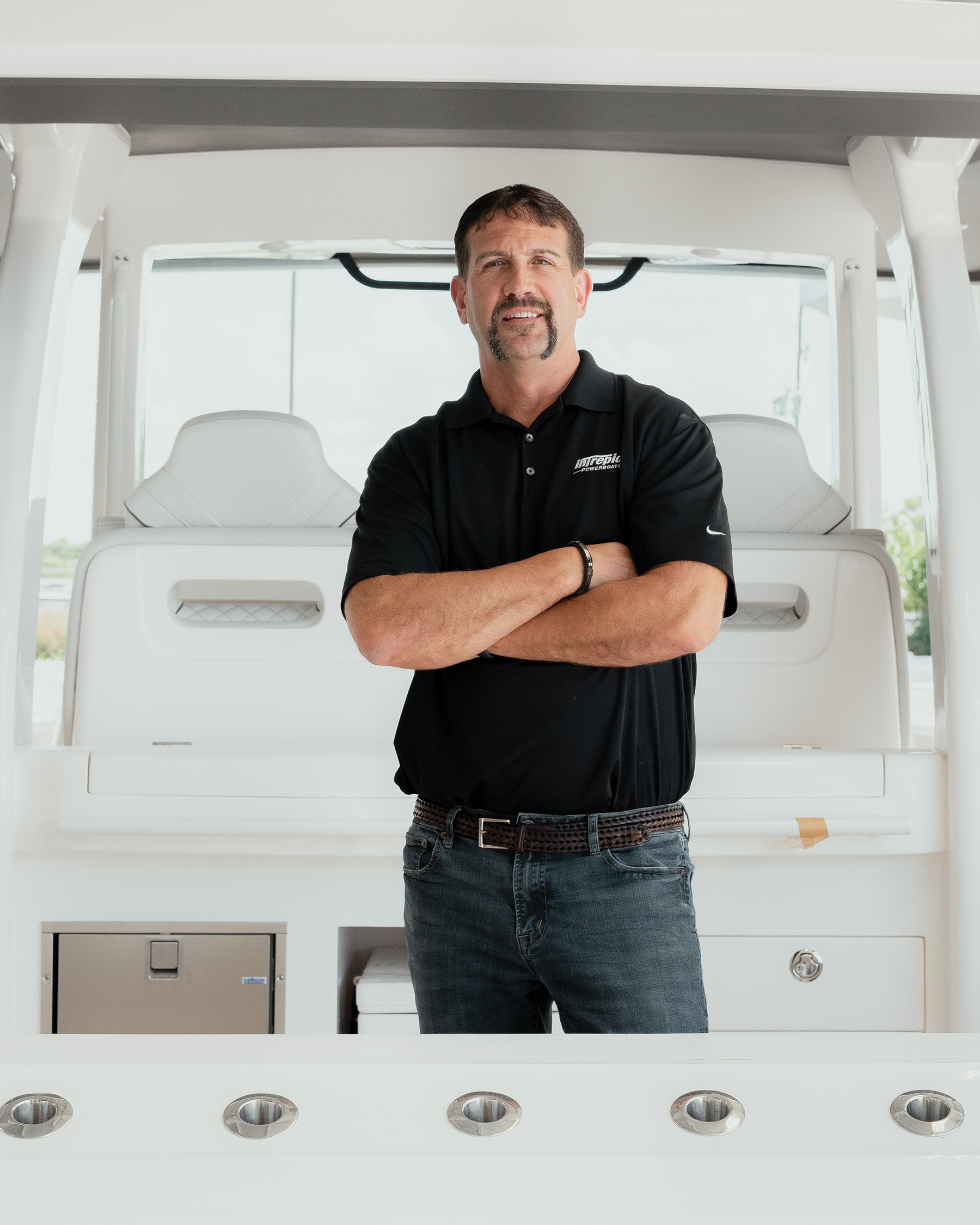
Intrepid Powerboats President Discusses the Marine Industry’s Current State
By Gregg Mansfield
Few individuals are as attuned to the marine industry’s dynamics as Ken Clinton, president of Intrepid Powerboats. With 33 years at the Florida manufacturer—15 years in the role of president—Clinton has witnessed the industry’s fluctuations and evolving trends.
Intrepid Powerboats serves as a key indicator for the center console market, producing around 110 boats annually. The company offers a dozen models, ranging from 30 to 51 feet, with its largest, the 51 Panacea, unveiled at the 2023 Fort Lauderdale International Boat Show.
Clinton began his professional journey as a machinist constructing submarines before relocating to Florida to join the recreational boating sector. Within his first month of engine installation, he was promoted to supervisor, and two years later, he became the plant manager due to his meticulous nature.
Since becoming president of Intrepid Powerboats in 2009, Clinton has navigated the challenges of the pandemic and remained at the helm after MarineMax acquired the company in 2021. We spoke with Clinton following the launch of the 51 Panacea to discuss the marine industry.
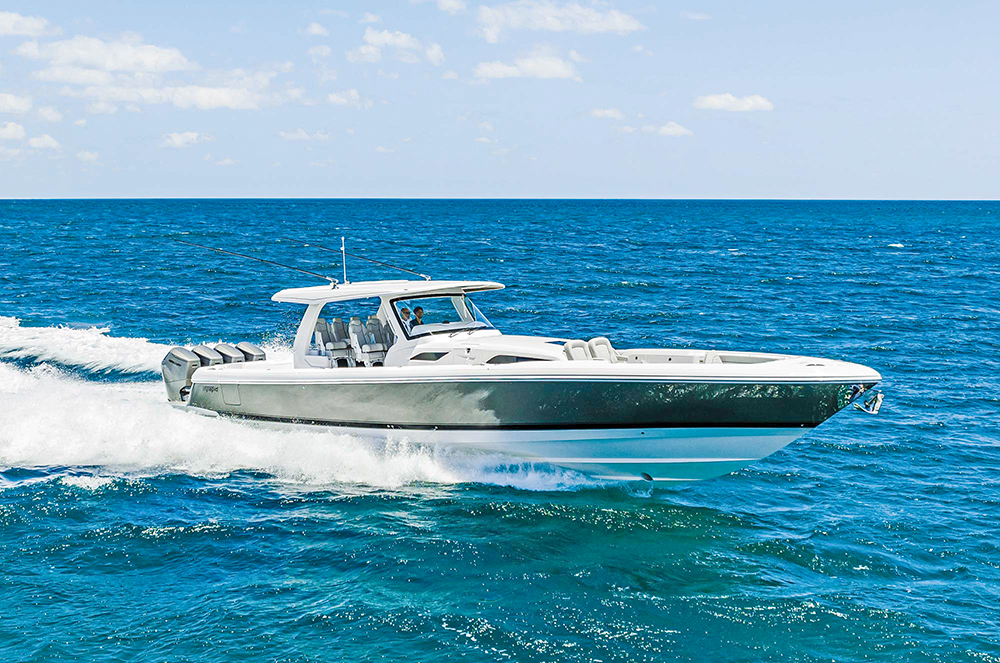
As Intrepid Powerboats expands its offerings with larger models like the 51 Panacea, a second plant has been established in Swansboro, N.C. The company will continue producing models under 50 feet at its existing facility in Key Largo, Fla.
Questions and answers have been condensed for brevity and clarity.
Center Console Life: With the launch of the 51 Panacea, center console boats are growing in size. What do you think is driving this trend?
Ken Clinton: I believe advancements in engine technology and joystick control have made operating larger boats significantly less daunting. Historically, I viewed a 30-foot boat as the entry point, but now it’s shifted to 42 feet because new owners feel comfortable handling, docking, and tying up the boat independently—something that previously intimidated first-time boaters.
Once they acclimate to the 42, moving to a 51 feet becomes a natural next step for them.
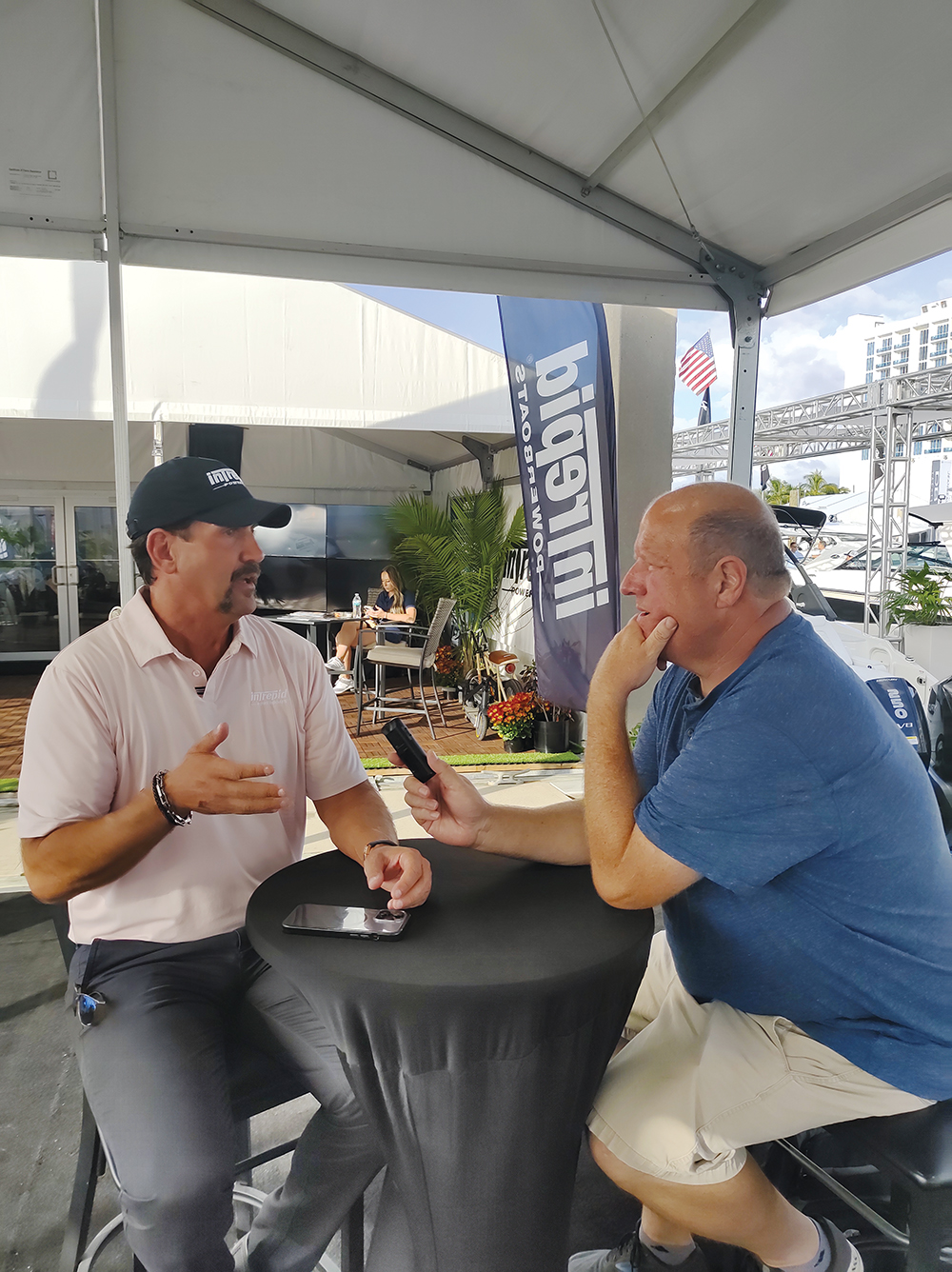
CCL: So, joystick technology has had a profound impact?
KC: Absolutely. To take it further, I’m collaborating with Avikus, a Hyundai-owned company known for manufacturing tankers and cargo ships. They presented me with their developments in autonomous boating and inquired about the market potential for smaller vessels. I assured them it would undoubtedly attract those who feel nervous about boating.
They invited me to Tampa to demonstrate their AI system’s capabilities in navigating around obstacles. During the docking process, the camera displayed all available slips, allowing us to choose the second one. The system asked if we preferred going bow to stern, which we agreed to, and it efficiently maneuvered the boat into position, maintaining it perfectly until we secured the lines. This represents the future.
I addressed a gathering of insurance underwriters, maritime attorneys, and surveyors, urging them to prepare for the onset of autonomous boating and the need for insuring it.
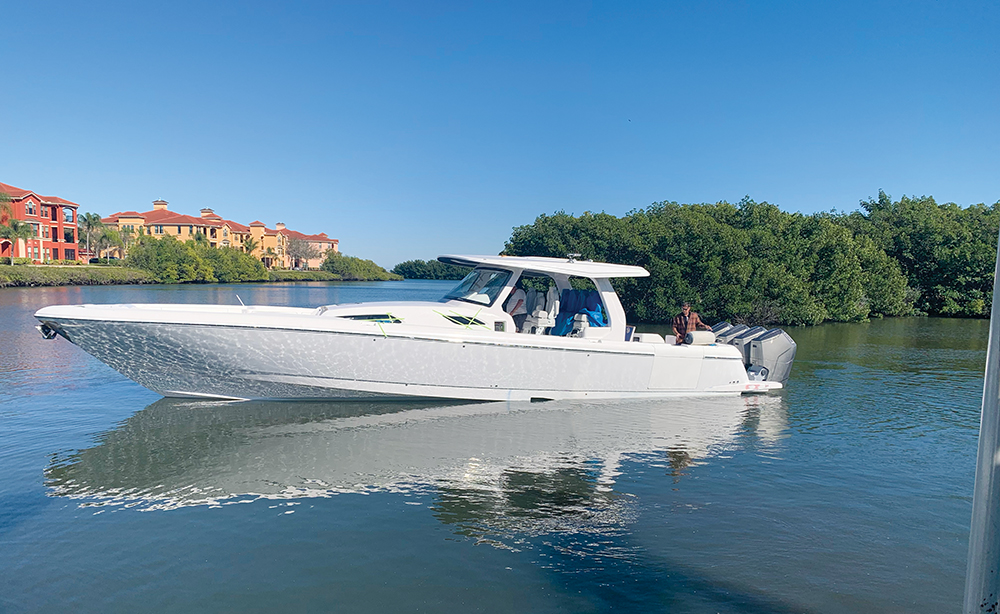
Intrepid Powerboats is recognized as a premier manufacturer of luxury center console boats.
CCL: Is this part of an initiative to make boating more analogous to driving a car?
KC: Many people find boating intimidating. Growing up, you often get into a car daily or take a bus to school, which builds familiarity. In contrast, many individuals have limited experience on boats; they may have ridden on a friend’s boat but lacked hands-on experience.
If we can transform a group unfamiliar with boating into comfortable participants, it will significantly broaden our market. Everyone involved in this industry relies on bringing in new boaters, which is vital.
CCL: Do you consider comfort features like SeaKeeper gyros crucial for the marine sector?
KC: It’s interesting you mention that; I was the first to incorporate SeaKeeper in an outboard vessel. A client approached me, concerned about his wife’s seasickness, and asked if we could install a gyro stabilizer. I wasn’t initially aware of its workings and had to research it.
At the time, the smallest SeaKeeper, the SK9, was huge, and I had to redesign an entire 39-foot boat to fit it. I proved it was feasible and important for the industry.
Now, as you walk through boat shows, I can confidently say seven out of ten boats feature gyros, a testament to their importance. They open up boating to those previously unable to enjoy it due to seasickness. Ultimately, it’s about continuously devising ways to attract more people to this fantastic activity, and technology facilitates that.
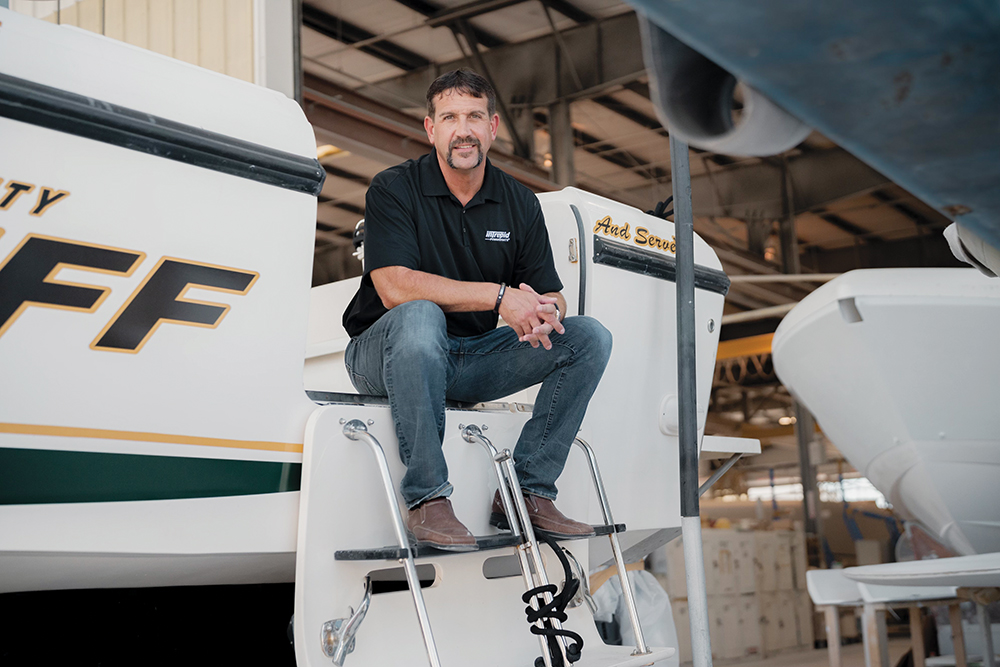
CCL: You seem willing to embrace new technologies early on.
KC: Absolutely. I pioneered the dive door back in 1994 for the Hillsborough County Sheriff’s Office—it was the first of its kind.
Many other manufacturers held back to observe how my boats would perform with a substantial opening in the hull. We were also the first to use 35-inch shafts; when I approached Mercury and Yamaha for them, they dismissed the idea. I partnered with Bob Latham (owner of Latham Marine) to develop 35-inch shafts.
Moreover, we were the first to integrate heads into center consoles and install bow thrusters in outboard boats for clients dealing with strong winds and currents. We also pioneered electrically actuated backrests on forward seating.
CCL: The marine sector has slowed post-pandemic. How do you assess the current market?
KC: I regularly emphasize to my team that the affluent buyers are still investing, making it essential for us to remain the preferred brand. This necessitates maintaining our superior quality, as the top 1% can choose any options, and we want them to select our boats. A significant error can be swiftly communicated across the internet within minutes.
Meeting performance expectations is crucial, and I turn potential negatives into positives; it’s vital for us to remain at the top of our game, and I’m fortunate to have a dedicated team.
CCL: Can you discuss Intrepid Powerboats’ expansion plans for vessels over 50 feet?
KC: Our new facility on 56 acres in Swansboro, North Carolina, is remarkable. Previously home to Hatteras, Tiara, and Chris-Craft, what stood out to me is the presence of skilled craftspeople who bring generational expertise in boat-making.
In Largo, I face challenges with labor, but in the surrounding areas of North Carolina, many people possess a long family history in boat building.
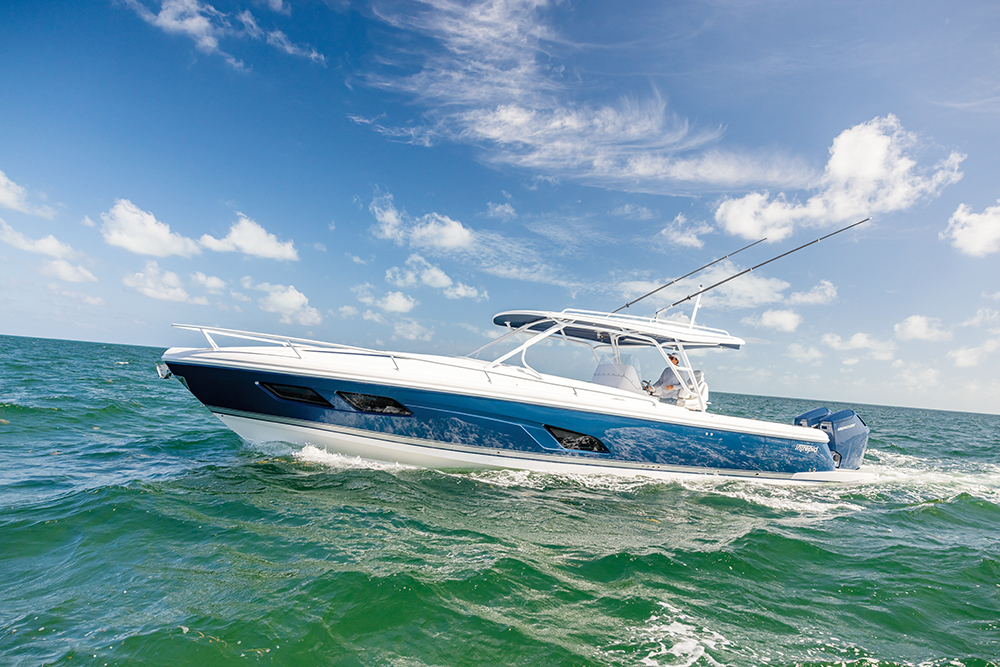
CCL: Is transitioning all production to North Carolina on the table?
KC: I have a deep attachment to Largo and have no plans to abandon that facility. I’ve cultivated that site for over 25 years successfully. However, constructing the 51 Panacea in Largo was notably challenging, with limited space complicating the process.
CCL: How has the MarineMax acquisition treated Intrepid Powerboats?
KC: MarineMax is the reason I could acquire the Swansboro facility. Throughout my 31 years before the acquisition, I never had a single ownership group provide even a dollar for capital. Everything I accomplished during that time relied on self-generation within modest margins.
When they approached me, they explained their status as a publicly traded company with surplus cash, aimed at making robust investments for their shareholders, recognizing us as the leading powerboat manufacturer globally.
Our partnership has been fantastic; they grant me the autonomy to operate the company while supporting me financially as I pursue further expansions.
CCL: You seem just as passionate about Intrepid Powerboats as you were 31 years ago.
KC: Exactly! Our drive for innovation is relentless; we constantly seek improvement. We know there are always better ways to enhance what we offer, and our customers often serve as our best innovators. That pursuit is what fuels my enthusiasm.

